Ok, so this is how all our refrigerators should look. Mine doesn’t so I borrowed this picture from the GE website. It looks a lot like my fridge on the outside, now lets see if I can get the inside to look the same. But honestly, we should be on top of cleaning out our refrigerators on a regular basis.
Although the refrigerator is one of the most used kitchen appliance, we
lack most knowledge on how to keep foods safe in the fridge.
Refrigerator temperatures always fluctuate, especially from hot to cold months.
The best way to regulate temperature is with a refrigerator thermometer
set in the center of the middle shelf (not on the door) and kept inside
at all times. Check the temperature regularly to make sure your food is
stored below 40 degrees F. According to experts, this is temperature
keeps harmful bacteria from growing, thus preventing food borne diseases.
When doing spring-cleaning this season, include a "refrigerator
make-over" too.
Some tips:
* Scrub down the inside of your refrigerator (including shelves and
drawers) using a clean sponge and warm soapy water. Avoid using cleaners
that may pass on taste to food or cause damage to surfaces.
* Eliminate odors between cleanings by placing an opened box of baking
soda in the back of the fridge. Change the box every three months.
* Wipe up spills immediately, especially from raw meat juices. Defrost
meats on the bottom shelf using a covered container to reduce the chance
of a spill and cross-contamination.
* Keep the front grill free of dust to allow free airflow to the condenser
for best cooling and efficiency, and clean condenser coils with a brush
or vacuum. Remember to unplug the refrigerator when cleaning the coils.
* Throw out foods that have been "hibernating" in the fridge. As a rule
of thumb, sort through foods at least once a week. Check expiration
dates – don’t consume products beyond the stated date. When in doubt,
throw that food out.
* "Use by" or "best if used by" date is not a safety-related date. It’s
the last date recommended for use of the product at optimal quality.
Perishable leftovers from a meal should not stay out of refrigeration
longer than two hours. In hot weather (80 degrees F or above), this time
is reduced to one hour. Generally, cooked pasta keeps well
in the refrigerator for about 3-5 days.
*The folks at Hodgson Mill were kind enough to share most of these tips
![]()
![]()


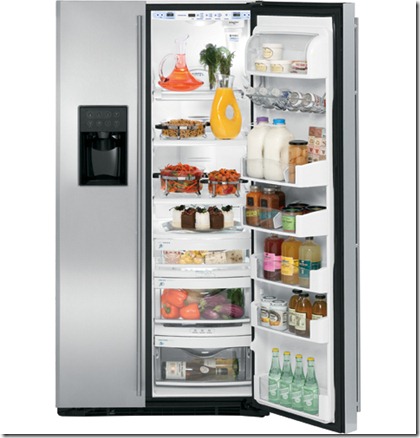
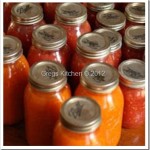

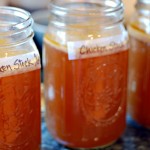
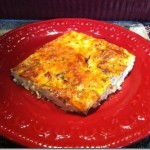


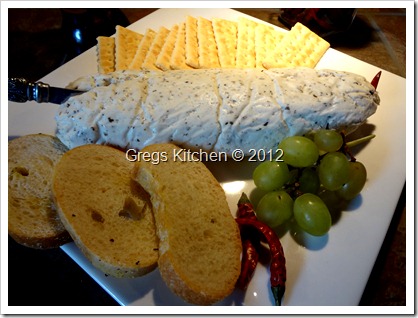


Be the first to comment